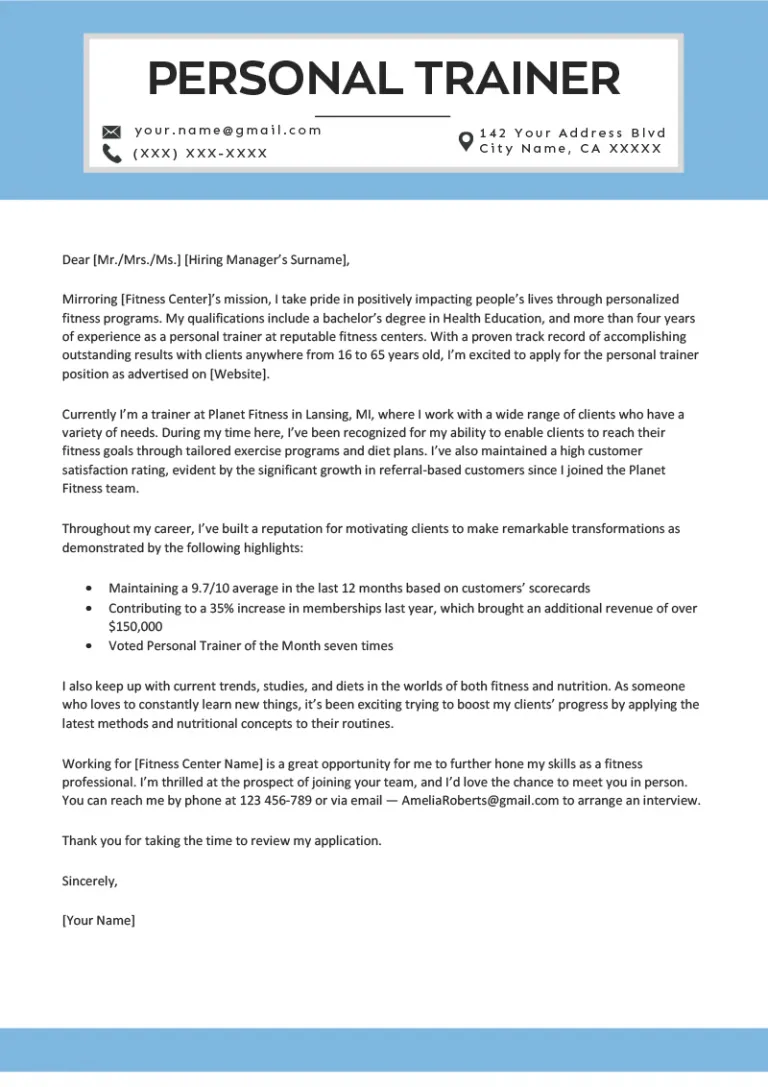Understanding the Importance of a Cover Letter
A cover letter is your first introduction to a potential employer and it’s a critical component of your job application. It provides you with the opportunity to go beyond your resume and showcase your personality, enthusiasm, and suitability for the role. When applying for a personal trainer position, especially with no prior experience, a well-crafted cover letter becomes even more vital. It allows you to address the elephant in the room – your lack of direct experience – and highlight alternative skills, passion, and potential that make you a strong candidate. A compelling cover letter can set you apart from other applicants and significantly increase your chances of landing an interview. It’s your chance to make a memorable first impression and demonstrate your genuine interest in the position and the fitness industry as a whole. Use this opportunity to highlight your personality and express your dedication to helping others achieve their fitness goals.
Key Elements to Include in Your Cover Letter
Crafting a compelling cover letter involves several key elements that should be incorporated to create a strong impact. It’s essential to maintain a professional tone while letting your personality shine through. Remember to tailor your letter to each specific job application, highlighting the requirements and how your skills align with them. Using a template can be helpful as a starting point, but personalize it to show you have done your research and are genuinely interested in the role and the company. Attention to detail is key; ensure your letter is free of grammatical errors and typos. Proofread carefully, and consider asking a friend or mentor to review it for you before submitting your application. A well-structured and thoughtful cover letter demonstrates your commitment, attention to detail, and eagerness to join the fitness community.
Contact Information and Salutation
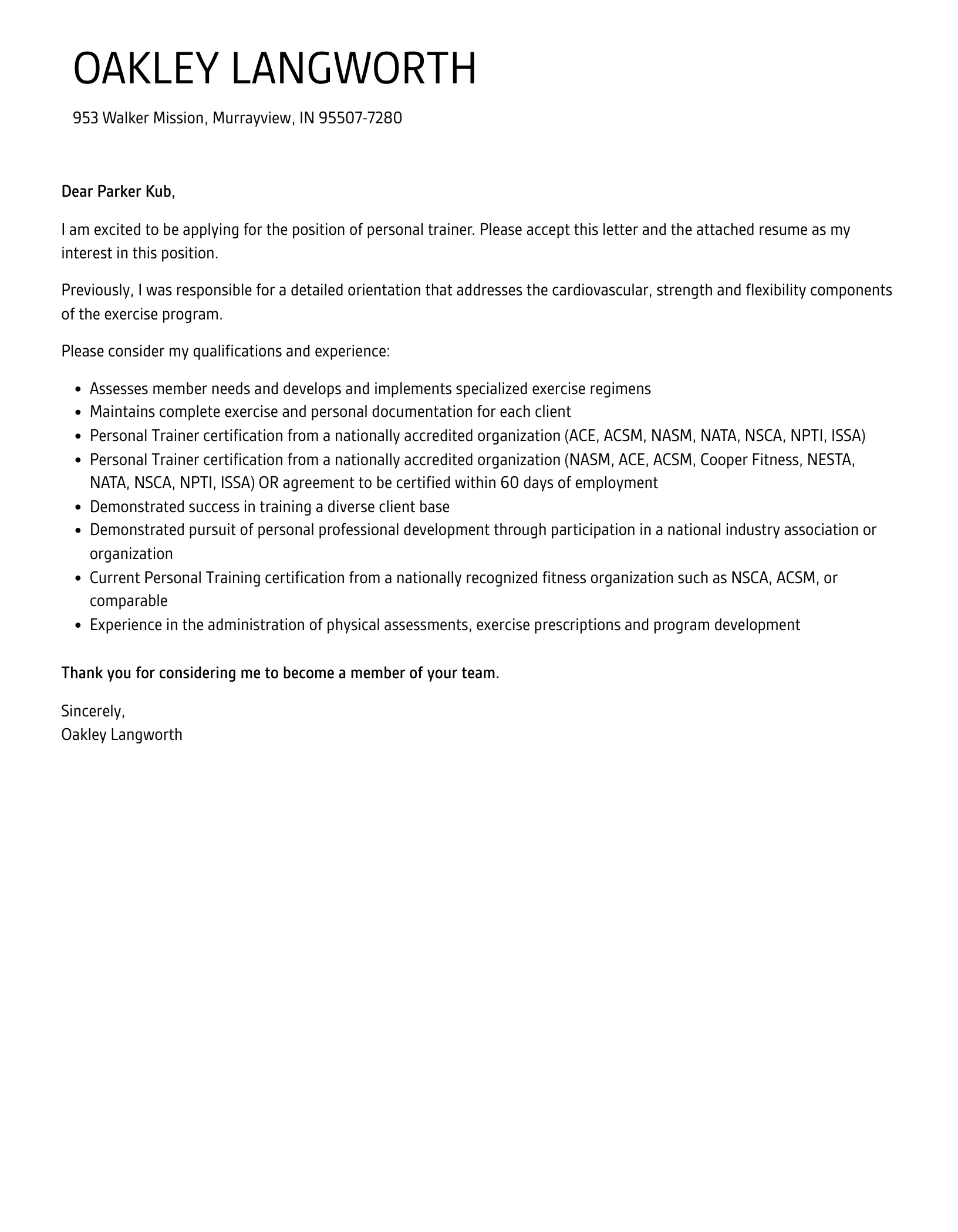
Start with your contact information at the top of the letter, including your name, phone number, email address, and potentially your LinkedIn profile URL. This allows the hiring manager to easily reach you. Address the hiring manager by name if possible. Research the company’s website or LinkedIn to find the name of the hiring manager or the person responsible for reviewing applications. Addressing the letter to a specific person shows that you have taken the time to research and shows a level of personal interest. If you cannot find a name, a general salutation like “Dear Hiring Manager” or “Dear [Company Name] Team” is acceptable.
Opening Statement
Your opening statement should immediately capture the reader’s attention and clearly state the purpose of your letter. Express your interest in the personal trainer position and how you found out about the opportunity. Mentioning how you learned about the job (e.g., through a job board, company website, or networking) shows that you have taken the initiative to search for opportunities. Briefly highlight what excites you about the role or the company. For example, state how you are passionate about fitness, health and wellness. Showcase the enthusiasm that drives you to provide excellent services as a trainer. Keep the opening concise and impactful, setting the tone for the rest of your letter and encouraging the reader to continue.
Highlighting Relevant Skills
Even with no direct experience, you likely possess skills that are relevant to the role of a personal trainer. Identify these skills and showcase them in your cover letter. These might include communication, motivation, active listening, problem-solving, and the ability to build rapport with clients. Tailor your skills to the job description and company values, if applicable. Make it clear how your skills can translate into success. Describe specific situations where you demonstrated these skills, perhaps from volunteer work, academic projects, or personal experiences. Illustrate how you can utilize these skills to help clients achieve their fitness goals. Focus on what you can bring to the role and how your abilities align with the needs of the company.
Focusing on Transferable Skills
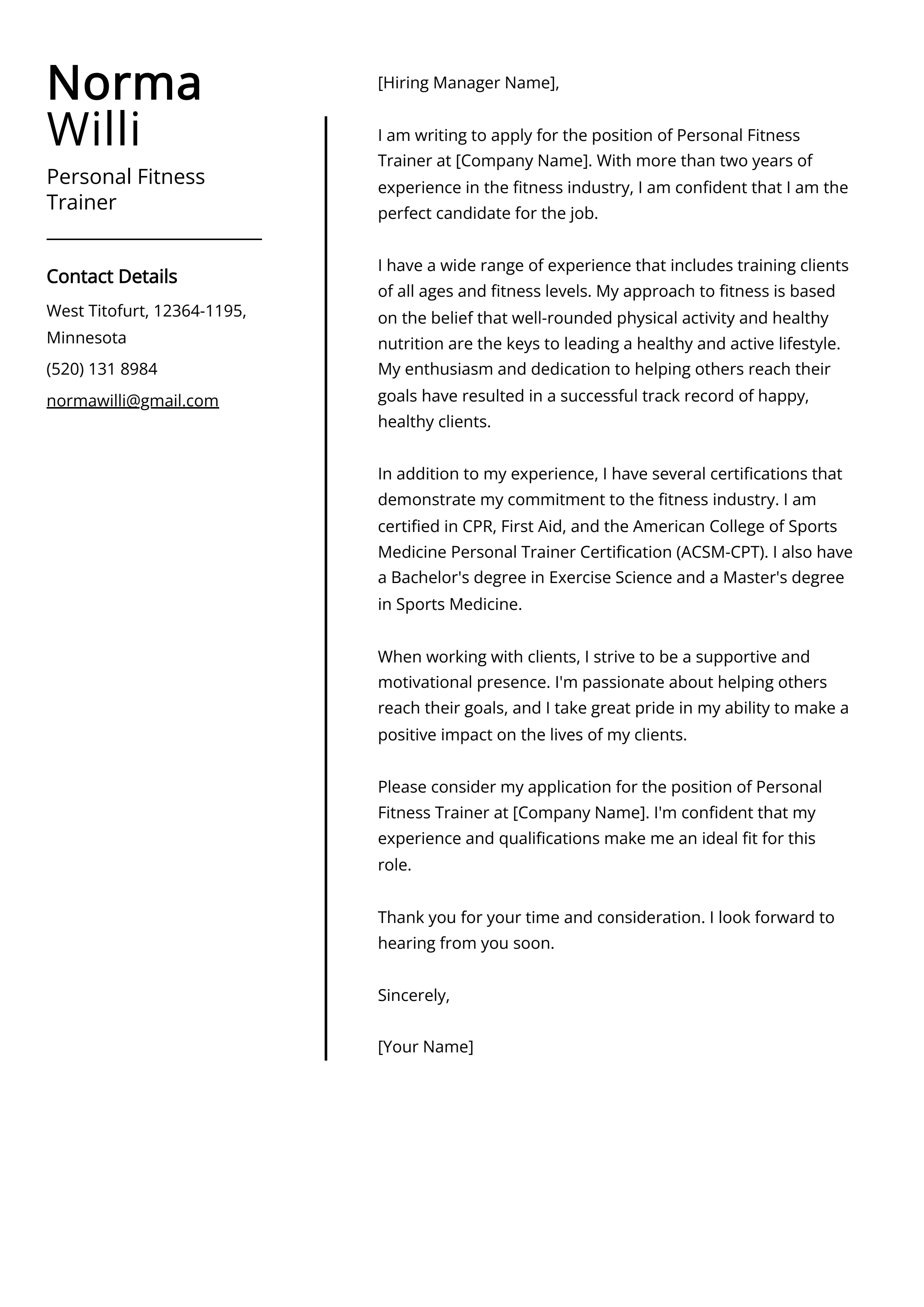
Transferable skills are abilities you’ve acquired in one context that can be applied to another. Identify and emphasize these skills, such as leadership, organization, customer service, time management, and teamwork. Detail how you used these skills in previous roles or activities. For example, if you’ve led a team in a sports setting, managed projects, or provided customer service, highlight these experiences and explain how these transferable skills will benefit your role as a personal trainer. Show how you are adaptable and can apply your skills effectively in different environments. By focusing on transferable skills, you demonstrate that you have the aptitude to quickly learn and excel in the role.
Showcasing Passion and Enthusiasm
Express your genuine passion for fitness and helping others. Share personal experiences, such as your own fitness journey or the ways you’ve supported friends or family members in their wellness goals. Describe what motivates you to become a personal trainer, such as your desire to improve people’s lives and promote a healthy lifestyle. Demonstrate your enthusiasm for learning and staying current with fitness trends. Mention any personal fitness accomplishments or activities that showcase your dedication and commitment to health and well-being. Showing your enthusiasm for the role and fitness industry will help you stand out, especially when you have no prior experience.
Addressing the Lack of Experience
Acknowledge your lack of professional experience, but don’t let it be a deterrent. Frame your cover letter positively. Instead of dwelling on the absence of experience, focus on what you do have: skills, enthusiasm, and a willingness to learn. Be honest about your experience level, but quickly transition into highlighting your strengths. This could include transferable skills, certifications, or personal fitness achievements. Show that you are aware of your learning curve but are ready to put in the effort and dedication necessary to succeed. Emphasize your commitment to professional development and the continuous improvement in your skills.
Emphasizing Your Willingness to Learn
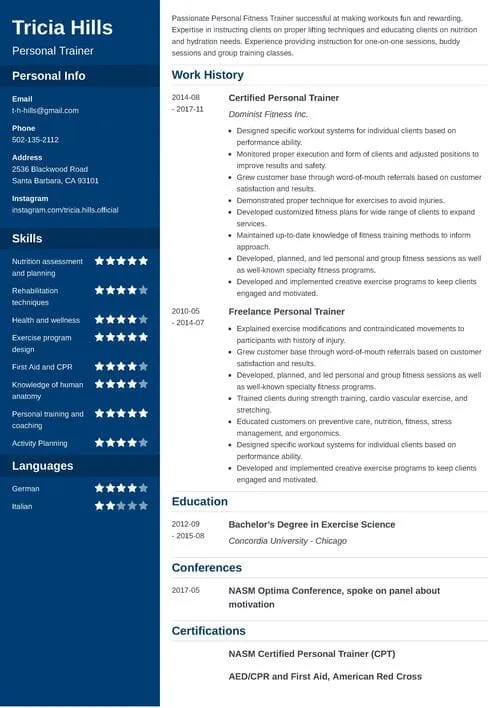
Highlight your eagerness to learn and your proactive approach to acquiring new skills and knowledge. Mention any steps you’ve taken to educate yourself about personal training, such as reading books, following fitness blogs, or attending workshops. Express your interest in ongoing professional development and your commitment to staying updated with industry best practices. Show that you are a quick learner, resourceful, and dedicated to continuous improvement. By demonstrating your eagerness to learn, you will present yourself as a valuable asset to the company, even without prior experience. Convey your excitement for the prospect of learning from experienced trainers and absorbing as much as possible about the fitness industry.
Mentioning Relevant Certifications
List any certifications you possess, such as a Certified Personal Trainer (CPT) or other relevant certifications. Even if you lack professional experience, having certifications demonstrates your commitment to the field and your foundational knowledge. Clearly state the certifying organization and date of certification. If you’re currently pursuing a certification, mention that you are in the process of obtaining it. These certifications provide a framework for your skills and abilities and help potential employers see your qualifications. Ensure the certifications you list are recognized and respected within the fitness industry.
Quantifying Achievements
While you might not have professional experience, you can still quantify achievements from other aspects of your life. Provide examples that highlight your capabilities and accomplishments, where applicable. If you’ve successfully completed a fitness challenge, achieved a personal fitness goal, or assisted friends or family in their fitness journeys, quantify the results. Use specific metrics, such as the amount of weight lost, the number of workouts completed, or the improvements in physical performance. Provide a clear picture of your impact, and how you will create similar impacts in your role as a personal trainer. Quantifying your achievements provides concrete evidence of your capabilities and can make a lasting impression on potential employers.
Closing the Letter
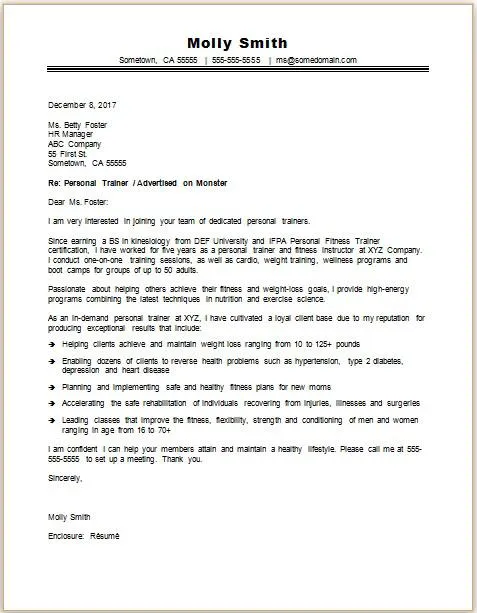
Your closing should leave a strong final impression. Reiterate your interest in the position and thank the reader for their time and consideration. Use a tone that is both professional and enthusiastic, expressing your eagerness to discuss your qualifications further. Your closing paragraphs should be clear, concise, and focused on reinforcing your key selling points. Show the reader that you appreciate the opportunity and are prepared to move forward in the hiring process.
Call to Action
Include a call to action (CTA) that encourages the hiring manager to take the next step. State that you are available for an interview at their earliest convenience. Provide your contact information again for easy access. Express your willingness to answer any questions they might have about your qualifications. This proactive approach demonstrates your enthusiasm and initiative, and it makes the hiring process easier for the employer.
Professional Closing and Signature
Close your cover letter professionally with a formal closing, such as “Sincerely,” “Best regards,” or “Respectfully.” Leave space for your handwritten signature, followed by your typed name. If submitting your application electronically, you can simply type your name, or if preferred, include an image of your signature. Ensure that your closing and signature are neat, professional, and consistent with the overall tone of your cover letter.
Proofreading and Editing Your Cover Letter
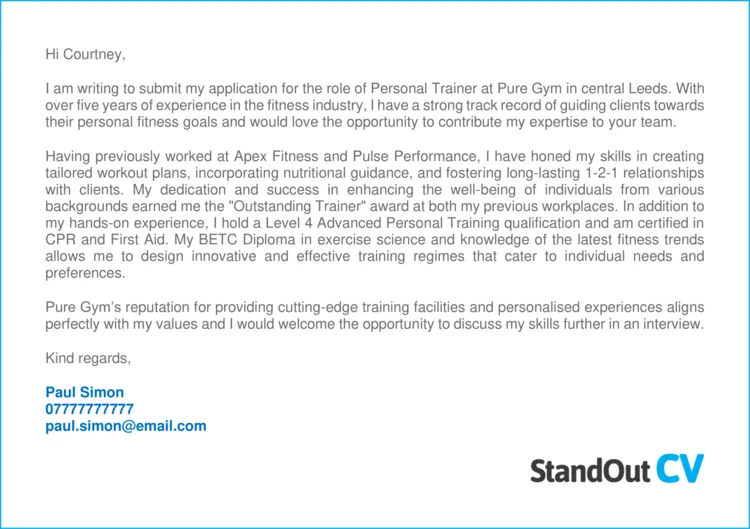
Before submitting your cover letter, carefully proofread and edit it for any errors. Ensure there are no typos, grammatical errors, or formatting inconsistencies. Errors can undermine your credibility and may give a negative impression. Use a spell checker and grammar checker, but also read the letter carefully yourself. Read the letter aloud to check for flow and clarity. Consider asking a friend, family member, or career advisor to review your cover letter for feedback. This helps ensure your letter is polished, professional, and error-free. The quality of your cover letter is a reflection of your attention to detail and commitment to excellence.
Common Mistakes to Avoid
There are some common mistakes you should avoid when writing your cover letter. Avoid generic cover letters that are not tailored to the specific job or company. Ensure your cover letter is original and not copied from a template, but rather written in your own words. Do not include negative statements or apologies for lacking experience. Instead, frame your letter positively and focus on your strengths. Avoid using jargon or overly complex language, and be clear and concise. Steer clear of exaggerating your skills or experience. Be truthful and authentic in your presentation. Finally, do not submit a cover letter with errors. Ensure that your cover letter is polished and professional before sending it out.
Formatting and Presentation Tips
Proper formatting and presentation are essential to create a professional cover letter. Use a standard, easy-to-read font like Times New Roman, Arial, or Calibri, with a font size between 10 and 12 points. Keep your cover letter concise and focused, ideally within one page. Use clear headings, bullet points, and paragraphs to organize your content and make it easy to read. Use adequate white space to avoid a cluttered appearance. Ensure that your formatting is consistent throughout the document. Save your cover letter in PDF format to preserve the formatting and ensure that it is accessible on any device. Consider using a professional cover letter template to make your letter appealing.
